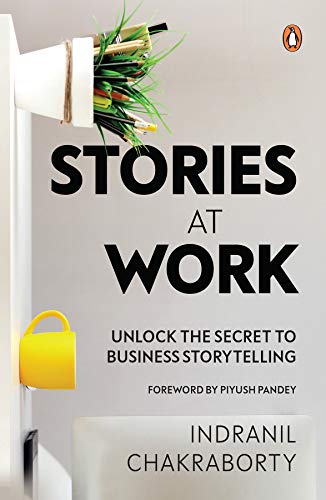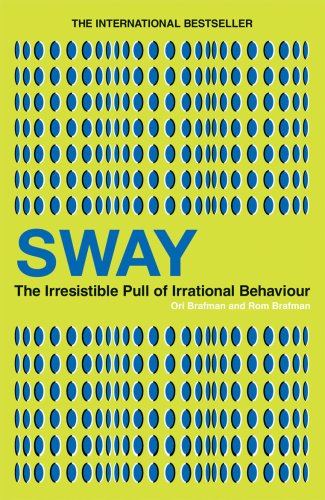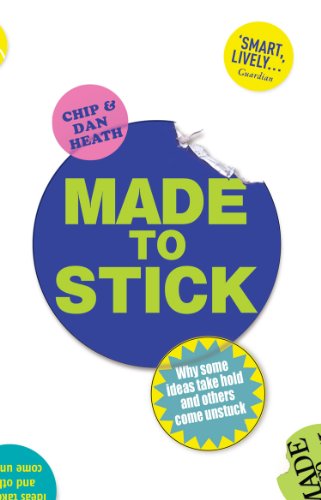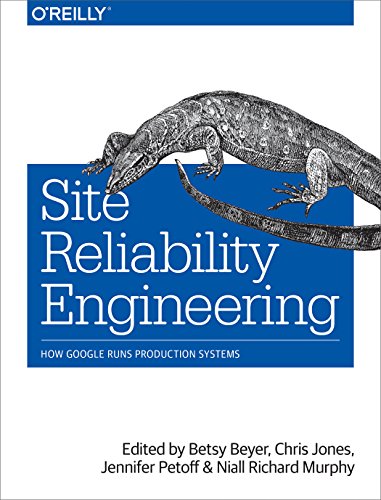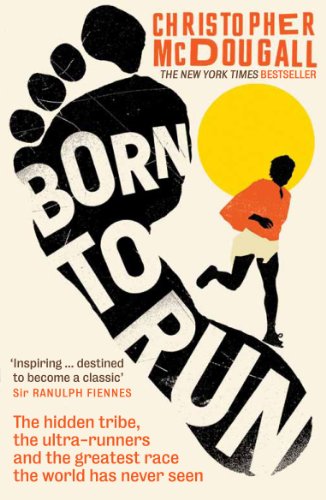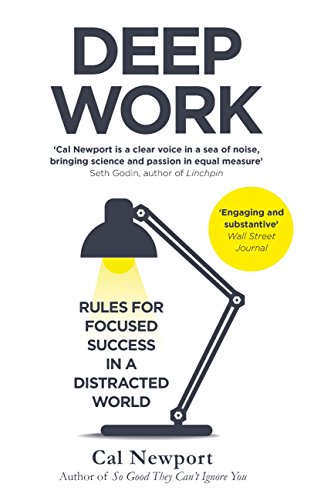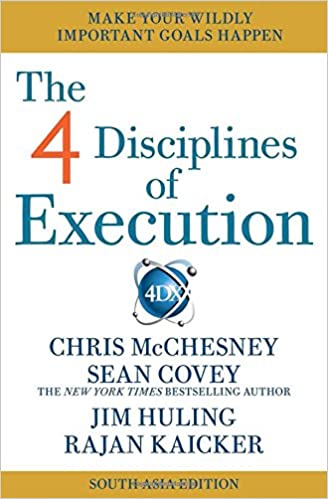Most of the books I read last year were on leadership and technology, with a notable exception in “Born to run” that vividly covered a Mexican Indian running tribe. I will start with a super trio of books around leadership communication and list the most interesting books read last year.
Stories at Work – Indranil Chakraborty
This is the first of the trio around leadership communication. The definition – A story is a fact wrapped in context and delivered with emotion breaks a general misconception that stories are usually fiction created by professional writers for novels or movies. It goes on to explain why stories are the most effective way to communicate a message at work and how they can be used for building credibility, overcoming objections, getting strategies to work or articulating successes. You can find my blogpost on “Stories at work” here.
Sway – Brahman Ori
We are all influenced at times by the irresistible pull of irrational behavior. This book explains the science behind this behavior and can help avoid potential pitfalls due to certain psychological undercurrents: loss-aversion, swamp-of-commitment, value-attribution, diagnosis-bias, self-perpetuation, fairness-of-process and group-conformity. You can find my blogpost on “Sway” here.
Made to Stick – Chip Heath & Dan Heath
This is the last of the trio on leadership communication. Once we understand how to use stories at work and are aware of the psychological undercurrents that lead to irrational behavior from the first two books, this one explains the science behind “The Stickiness Factor” that leads to long lasting messages. It identifies the traits that make ideas sticky and provides a checklist for creating a SUCCESsful idea: a Simple Unexpected Concrete Credentialed Emotional Story. You can find my blogpost on “Made to Stick” here.
Site Reliability Engineering (SRE) – Google experts
SRE is among the most popular technology topics during the last few years, with the IT industry viewing it as a better way to run production systems by applying a software engineering mindset to accomplish the work that would typically be performed manually by sysadmins. This book by hands-on masters of the domain provides compelling insights and motivation to transform the way technology org manages system operations. I documented learnings from the book “as-is” in my four-part blogpost series. Once we embarked on actual org transformation, we realized that realities in every org (particularly one that has legacy technology with monoliths and not truly services like Google) means one-size-fits-all approach will not work. However, this book provides some solid guiding principles that can help any org shift towards engineering oriented approach to running production systems.
Born to Run – Christopher McDougall
Being a compulsive runner myself and having found the pain of running marathons to be fun, this book was sheer joy! It is all about the mysterious Mexican Indian tribe of Tarahumara and readers who enjoy this book will be inspired to become long distance runners. I hope to visit Copper Canyons one day and be able to run along the treacherous trails vividly described in this book.
Deep Work – Cal Newport
We are living in a digital world surrounded by numerous electronic devices constantly distracting us with unending notifications. This has resulted in a lot of us finding it difficult to “focus without distraction on a cognitively demanding task“, which this book refers as “deep work” and which is an important skill to get any complex work done. Cal Newport has shared some surprising practices used by experts to switch to deep work along with emphasizing the need to embrace boredom and quitting social media to remove distractions.
The 4 Disciplines of Execution (4DX) – Chris McChesney, Sean Covey, Jim Huling
This book is referred by Deep Work, as an execution technique to achieve what needs to be done. The authors explains how the urgent day-to-day operational tasks that are referred as whirlwind impedes leaders at large organizations from executing important strategic goals. They also provide a four step framework to overcome this difficulty and excel at execution – focusing on the wildly important, acting on the lead measures, keeping a compelling scorecard and creating a cadence of accountability. You can find my blogpost on 4DX here.
